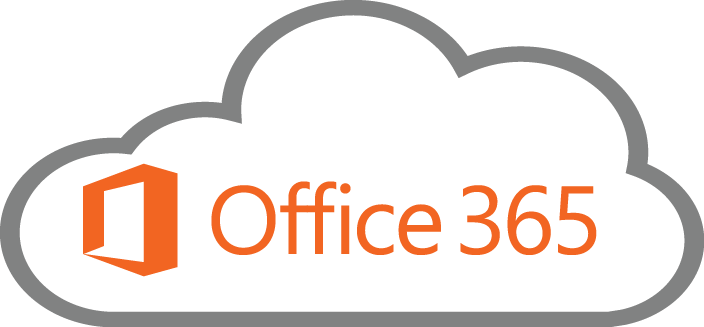Office 365 Migration
There are a few possible types of Office 365 migration.
- Office 365 (Office 2010) → Office 365 (Office 2013) (Upgrade)
- Office BPOS → Office 365 (Office 2013)
- Google Mail → Office 365 (Office 2013)
- Lotus Mail → Office 365 (Office 2013)
- POP3 Mail Server → Office 365 (Office 2013)
- IMAP Mail Server → Office 365 (Office 2013)
- Exchange 2003/Exchange 2007/Exchange 2010/Exchange 2013 → Office 365 (Office 2013) (On-premises to cloud)
If you are ready to migrate to the Office 365 or just seeking for an expert to talk to, we can help. Unfortunately, it is not a one-size-fits-all solution. With loads of experience migrating small and large customers to the Office 365, we can help you determine and migrate to the right cloud architecture for your organization. We certainly can help you with these tedious migration tasks.
In the process, we will migrate your emails, contacts, calendars, and tasks items to your new Office 365 account while preserving your existing folder hierarchy.
There are 4 primary types of migrations for the email system:
- IMAP cutover: E-mail is extracted from the source mail system by IMAP, DNS MX records are changed, and workstations configured to connect to Office 365. E-mail is moved, but no contacts and calendars.
- Exchange cutover: Same as IMAP but it uses RPC over HTTPS (Outlook Anywhere) to extract your entire mailbox from a legacy Exchange e-mail system (2003 or later only).
- Staged coexistence: Similar to an Exchange cutover, but allows for batches of users to move at a time and for the two systems (Exchange and Office 365) to interoperate over a period of time.
- Hybrid coexistence: This solution is intended for customers who require onsite and cloud e-mail systems to coexist for longer periods. Active Directory and Office 365 synchronize and single-sign-on is set up. This is the most technically complex migration method but makes for the easiest mailbox migrations, simply using the existing Exchange Management Console’s commands.
Every migration looks different, but the methods above should provide a good experience for most customers. For those that need additional choices, third-party migration tools may offer a better solution
Do contact us below to find out more about how Office 365 can help in your business.

